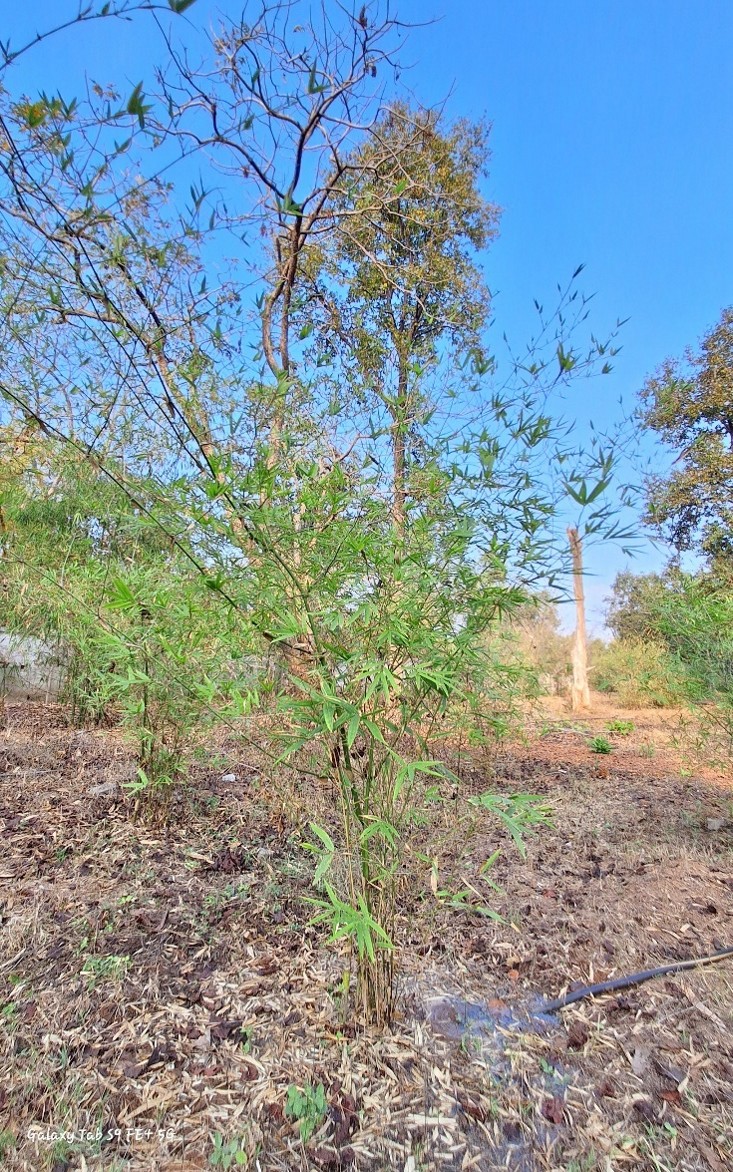Bambusa bamboos var. gigantia

Bambusa bamboos var. gigantia
commonly known as Giant Bamboo, belongs to the family Poaceae, also referred to as the grass family. This variety of bamboo is known for its remarkable size and rapid growth, making it one of the largest bamboos in the world. It is native to Southeast Asia, particularly in countries like India, China, and Myanmar.
This towering bamboo can reach a height of 30 to 40 meters, with culm diameters ranging from 12 to 18 cm. The internodes are 40 to 70 cm long, with thick-walled, strong culms. The bamboo’s culms are typically green with a smooth surface, sometimes turning yellow as they mature, making them visually striking.
Ecologically, Bambusa bamboos var. gigantia plays an important role in soil erosion control, especially in hilly areas, by stabilizing the soil with its dense root system. Additionally, it helps with carbon sequestration and serves as a habitat for wildlife, enhancing local biodiversity.
This bamboo variety is highly valued for its economic uses. The sturdy and large culms are used in construction for building houses, bridges, and scaffolding. The bamboo is also crafted into furniture, poles, and mats. Furthermore, its shoots are edible, providing a source of nutrition for local communities.
Bambusa bamboos var. gigantia thrives in well-drained soils, with a preference for loamy or sandy soils. It has a pH range of 5.5 to 7.5. This species requires a tropical climate with abundant rainfall, typically between 1500 to 3000 mm annually, and grows at altitudes ranging from sea level to 1500 meters.
Propagation of Bambusa bamboos var. gigantia is most commonly done through rhizome division and culm cuttings, as flowering is infrequent and often occurs in intervals of several decades. Large-scale propagation through tissue culture techniques is also used to maintain consistency and support commercial cultivation.
Like most bamboo species, Bambusa bamboos var. gigantia is monocarpic, flowering once in its lifetime before dying. The flowering cycle typically occurs every 60 to 100 years, with sporadic flowering events happening under extreme environmental conditions.
Bambusa bamboos var. gigantia is celebrated for its immense size, strength, and versatility. Its applications in construction, crafts, and sustainable agriculture highlight its importance in both rural and urban development, as well as its ecological contributions to the environment.
Need assistance? BRTC Faculty